Lean Content Academy – Content Checklist Tool
$97.00 $59.00
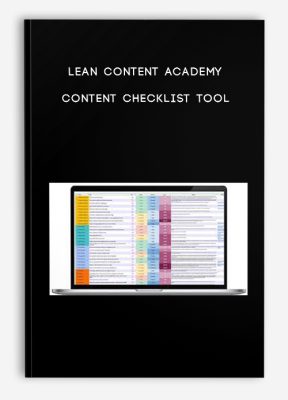
Lean Content Academy – Content Checklist Tool
Sale Page
Archive Page
Get Lean Content Academy – Content Checklist Tool on Salaedu.com
Description:
The Content Checklist: 84 Actionable Steps To A Perfect Campaign
What do you think is stopping you from creating great content?
You’ll probably say time, budget or talent – but with a rock-solid process, you don’t need to rely on these things a fraction as much as you currently do.
Building that kind of process takes trial, error, iteration and experience. But thankfully we’ve done all the hard work so that you don’t have to.
Follow the steps. Get the results.
It’s really that simple.
84 Steps. 9 Stages.
This tool separates the 84 steps into nine distinct stages of the content process, bringing you from initiation to completion.
1) Strategy Development
Explore your business objectives, your audience, your opportunities and how these influence your content strategy.
2) Technical Preparation
Get set-up for launching your social media and ad accounts.
3) Pre-Production
Plan how you’re going to create your content, by establishing repeatable processes, allowing you to get the right information from the right people.
4) Production
Execute these plans by creating blog, video, podcast and email content.
5) Quality Control
Edit and cross-check everything you’ve produced to ensure that it’s in line with your brand.
6) Re-purposing
Invest time in making sure that you can reuse the content you’ve created in multiple ways.
7) Optimization
Deep-dive into SEO to ensure that the right people are finding your brand.
8) Distribution
Get started on your ad campaigns, focusing on what audiences you’re targeting and running conversion campaigns.
9) Measurement
Gauge your success against your KPIs and adjust your approach accordingly.
Here’s what you’ll get:
Experience
A product based on the experience of an expert that has sold more than 5,000 digital products aimed at making the content marketing process more efficient (both for professional creators and business owners or in-house teams).
Insight
A “peek” into the brain of a man who runs one of Ireland’s top content marketing agencies (having grown from zero to 7-figure turnover in just three years!)
Guidance
Exact instructions along the way will save you from getting lost in the process, making sure you know exactly what to do in each step.
Efficiency
A guaranteed way to increase the effectiveness of your content with a checklist that stitches together all the important steps of the process, in a way that makes it easy for everyone.
Industry tips
“Insider” secrets and optimizations that can shortcut your way to effective content that delivers business growth.
SEO Marketing – Traffic
More information about SEO Marketing – Traffic:
Search engine optimization (SEO) is the process of increasing the quality and quantity of website traffic by increasing the visibility of a website or a web page to users of a web search engine.
SEO refers to the improvement of unpaid results (known as “natural” or “organic” results) and excludes direct traffic/visitors and the purchase of paid placement.
SEO may target different kinds of searches, including image search, video search, academic search, news search, and industry-specific vertical search engines.
Optimizing a website may involve editing its content, adding content,
and modifying HTML and associated coding to both increase its relevance to specific keywords and remove barriers to the indexing activities of search engines like Google ,Yahoo etc.
[citation needed] Promoting a site to increase the number of backlinks, or inbound links, is another SEO tactic. By May 2015, mobile search had surpassed desktop search.[
As an Internet marketing strategy, SEO considers how search engines work, the computer-programmed algorithms that dictate search engine behavior,
what people search for, the actual search terms or keywords typed into search engines, and which search engines are preferred by their targeted audience.
SEO is performed because a website will receive more visitors from a search engine the higher the website ranks in the search engine results page (SERP).
These visitors can then be converted into customers.
SEO differs from local search engine optimization in that the latter is focused on optimizing a business’ online presence so that its web pages will be displayed by search engines
when a user enters a local search for its products or services. The former instead is more focused on national or international searches.
1 review for Lean Content Academy – Content Checklist Tool
Add a review Cancel reply
Related products
Internet Marketing Courses
RLSA with Google Adword from Josh Roache (High Traffic Academy)
Internet Marketing Courses
Internet Marketing Courses
The 2015 Advanced SEO Certification Course from SearchEngineNews
Internet Marketing Courses
Internet Marketing Courses
The Future of SEO + Membership from Semantic Web Optimization Training
Internet Marketing Courses
Internet Marketing Courses
Internet Marketing Courses

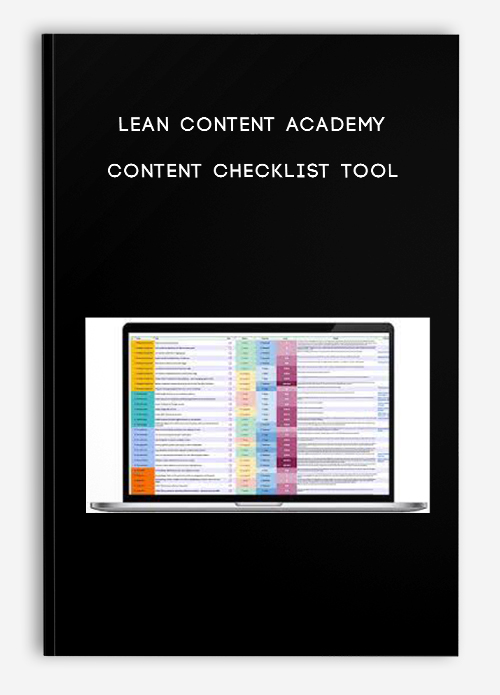
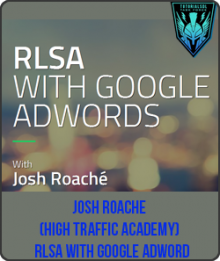



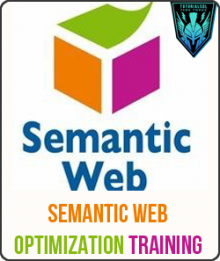
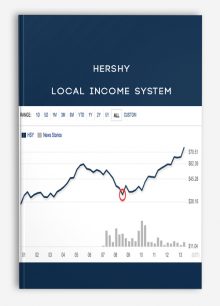

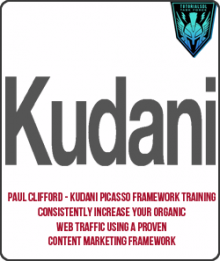
king –
“We encourage customers to contact Customer Service and think twice before making payment. All course contents will be similar to what is from the author.”
Thank you!